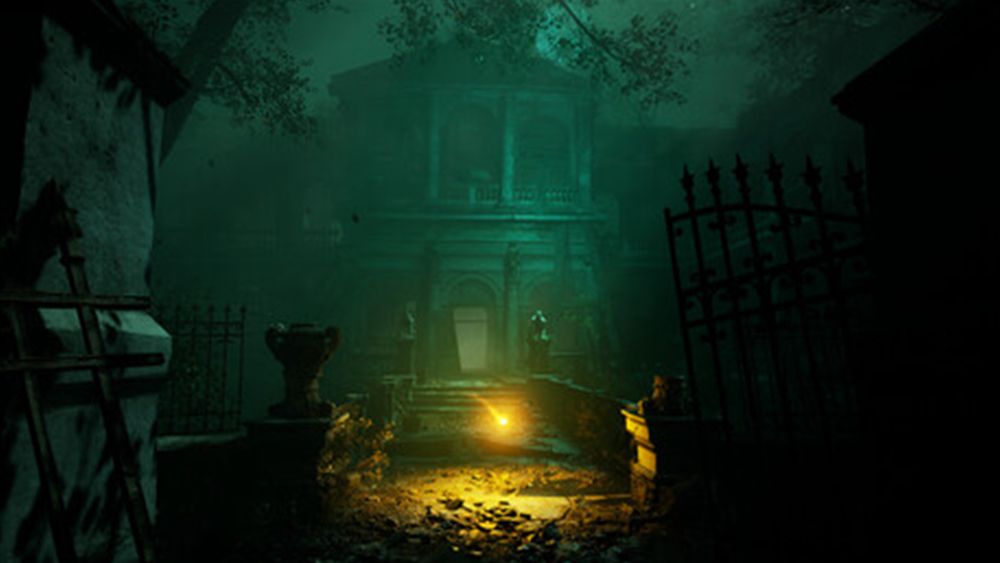www.dezeen.com
Dezeen's architecture and design working-conditions surveypaints an alarming picture of an industry under strain. Nat Barker reports.Josephine (not her real name) wanted to be an architect from a young age. But upon qualifying in 2010 and entering practice work in her native France, she quickly found things difficult."The conditions were really tough," she told Dezeen. "We had to work very long hours in a very stressful environment."More than 450 responses across 64 countriesAfter one too many 3:00am finishes, she decided to switch to architectural lighting design, hoping it would be less intense.Her next job, at a renowned studio in Germany, threw up a different set of issues, with a boss prone to sexually inappropriate behaviour and telling lewd stories.Josephine emigrated again to work for another architectural lighting studio in the UK, where she says she has experienced yet more sexism, stress, pitiful pay, constant overtime and a lack of progression.Now she is fed up, and is planning to move into user-experience design in search of a more fulfilling career."I'm very sad, because I like the field of architecture, and I have a lot of knowledge here, so I feel like I'm putting a cross on everything I did so far, and it's a shame," she said.Read: Shocking personal stories from Dezeen's working-conditions survey"Maybe I'm very unlucky, but at the same time, I have seen maybe five different offices, and so I have the feeling it's the norm."Josephine was a respondent to Dezeen's recent survey asking people to share their experiences of working in architecture and design.We received more than 450 responses in total from people in 64 different countries, from interns just starting out in their careers to CEOs who began in the early 1960s.Most worked for architecture studios, but we also heard from those at landscape architecture firms, engineering firms, design studios, interior design studios, property developers, public-sector bodies and brands.And while Josephine's experience is not the standard, nor is it uncommon. Dozens of people had similar stories.Architecture "operating on a culture of exploitation"The good news is that most people seem reasonably content overall, with 73 per cent of respondents saying they either "definitely" or "mostly" enjoy their job.Being able to work creatively overwhelmingly emerged as the main reason given, alongside the wide variety of tasks and the satisfaction of problem-solving or seeing projects complete.But all that appears to come at a considerable cost. Even among those saying they liked their job overall, numerous problems were identified.More than half (52 per cent) indicated their job does not match up with what they expected before they started.In what many may find unsurprising, low pay and excessive workloads appear to be commonplace.Only 29 per cent of respondents said they feel well paid or paid about right, while 45 per feel somewhat underpaid and another 25 per cent feel severely underpaid.Meanwhile, two-thirds of respondents reported regularly having to do unpaid overtime. Nine per cent said they do so every day, while 15 per cent said they do so most days. Some said they have unpaid overtime written into their contracts."The industry is operating on a culture of exploitation," said an architectural assistant at a large architecture firm in the UK."I have a genuine passion for architectural design and innovation, but this is difficult to hold onto when I can barely afford to live, despite this job taking over my life."A huge 80 per cent said they have experienced unrealistic expectations of work in the past five years."Unrealistic expectations of work is almost a standard in an environment where the clients don't abide by contractual agreements, request unpaid design changes and managers just accept everything in order to preserve a good relationship with the clients," remarked an architect working in China."It was literally like life or death"Troublingly, our survey results also indicated widespread issues with poor workplace culture within architecture and design.For instance, 61 per cent of respondents said they have witnessed or experienced rude, belittling or demeaning behaviour in the last five years.More than half (52 per cent) reported unnecessarily harsh criticism of work, and 30 per cent have witnessed or experienced bullying.A recurring theme in respondents' answers was intense pressure and disrespectful behaviour from clients translating into highly strung senior members of staff acting poorly towards those below them.In one particularly extreme case, a woman who had been a teacher at an inner-London high school and decided to make a career change into interior design lasted only a year at an architecture and interiors studio before she became seriously ill from stress and had to quit."I was used to pressure but this was pressure like nothing else, it was literally like life or death," she told Dezeen. "It would be like, 'the client doesn't like what we've done, this is a nightmare and it's all your fault'."Employed as an assistant designer on a salary of 23,000, she worked until past midnight the night before her wedding on plans that were eventually unused.On another occasion, she found herself hiding in a cupboard to eat cold rice with her hands after sneaking out of a five-hour meeting without breaks."I could say that my bosses were awful people," she reflected. "I don't think they were. I think they were under a lot of pressure and stress. They were really amazing architects, and it's just a shame that the outside pressures took away some of their humanity."Other respondents told stories of public tellings-off, being shamed for doing less overtime than colleagues, being chastised for going out on the weekend, being asked to skip lunchbreaks and being loudly criticised over the phone within earshot.There were also three claims of senior staff members sleeping with junior female workers who then received preferential treatment, and another three claims of redundancies in retaliation for pushing back on workloads.A handful of people reported suffering lasting psychological damage from their experiences at work.Half of women experience sexism or misogynyEspecially concerning was the reported experience of women who responded to our survey.Out of 217 women, an alarming 107 (49 per cent) said they have witnessed or experienced sexism or misogyny at work in the past five years.Seventeen said they had witnessed or experienced harassment of a sexual nature. Examples given included inappropriate touching by male co-workers.Meanwhile, among 97 respondents who consider themselves to be part of an ethnic minority in the country they work in, 19 (20 per cent) reported witnessing or experiencing racism.One architect, at a firm in the US, discovered that women of colour were consistently getting paid less than their peers.The issue was denied by partners until they were threatened with legal action. At that point she was given a pay rise though the wider issue was not rectified.Read: "Working yourself to the point of exhaustion is no longer a badge of honour"In another case, an interior designer at an architecture firm in the UAE said a director openly joked about not interviewing job candidates who were "too brown".Being able to address issues within the workplace also emerged as a common concern.Among respondents who have complained about working conditions in the past five years, only 12 per cent said it led to action that resolved the issue.Many others decided not to complain for fear of repercussions or in the belief that it would make no difference, with several citing a lack of HR within their workplace or a sense that the problems were normalised."It feels like a lost cause"Plenty of other trends emerged in written answers to the survey.Younger staff often described feeling victimised, while older workers frequently said they are undervalued. There were also multiple claims of classism.Architects were often angry about what they see as waning respect for the profession in the construction industry, with several reporting rudeness from clients juxtaposed with spiralling expectations.Some respondents bemoaned poor running of their companies, with frustration over fruitless work done to enter competitions unsuccessfully and what one person termed "suicidal bids"."The profession is broken on so many levels," summarised one UK architect. "Working in a small practice I felt exploited and undervalued, but running a small practice I found it was very difficult to get the work done and make any money!""It feels like a bit of a lost cause, when at the same time, it feels like the world needs architects to be creatively thinking up solutions to our challenging societal problems," they added.Architects, and those in western countries, are not the only people frequently struggling."This industry is terrible for mental health and personal life," said the owner of an interior-design studio in Singapore.It is important to emphasise that these stories are not representative of everyone's experiences, and to acknowledge that our survey only captures a tiny snapshot of the millions of people who work in architecture and design worldwide.But there are indications in the findings that discontentment about working conditions may lead the architecture and design fields to lose a significant amount of talent in the coming years.Only 26 per cent of respondents were positive that they want to stay working in the industry for a long term.Another 11 per cent expect to leave within the next five years, and a further nine per cent are already actively seeking to change careers.That equates to roughly one in five people working in architecture and design who are expecting to move elsewhere in the foreseeable future.Meanwhile, only 10 per cent of respondents said they would "definitely" recommend a career in architecture or design to someone younger.A much greater proportion (19 per cent) said they definitely would not, while another 23 per cent said they probably would not. Most of the rest (46 per cent) said they would, but with caution.Many of our respondents were clear: regarding client expectations, salaries and working hours, things need to change. Whether that will be possible is less certain.Thanks to everyone who took the time to respond to our survey. The illustration is byMarie Mohanna.Dezeen In DepthIf you enjoy reading Dezeen's interviews, opinions and features,subscribe to Dezeen In Depth. Sent on the last Friday of each month, this newsletter provides a single place to read about the design and architecture stories behind the headlines.The post Dezeen survey points to "broken" architecture and design industry appeared first on Dezeen.












